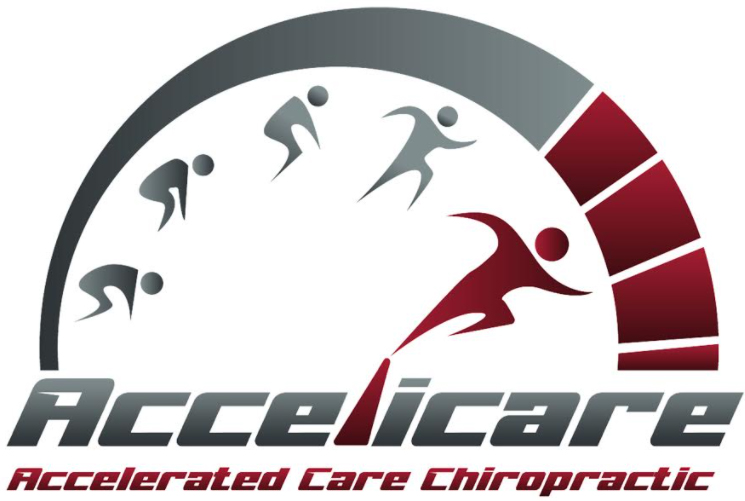Active Release Technique
ART therapy ART
Developed and refined by Dr. P. Michael Leahy, DC, CCSP, the Active Release Technique features over 500 unique moves to treat specific conditions. Dr. Leahy realized that his patients’ symptoms changed based on soft tissue changes and based his method around this phenomenon.
Dr. Leahy found that he could resolve over 90% of his patients’ concerns using his newly developed technique and has since taught his method to health care providers all over the world.
While ART may be used to treat conditions in the muscles, tendons, and other areas, all of the conditions have something in common: they are the result of overuse. Overuse conditions are labeled as such when pulls, tears, collisions, micro-trauma, or hypoxia (lack of oxygen) occur and cause tough, dense scar tissue or adhesions.
These adhesions can build up, thereby tying down otherwise freely moving tissue. The scar tissue can cause shorter, weaker muscles with limited mobility and blood supply, tendonitis, trapped nerves, as well as an overall increase of pain. This scar tissue is also the main cause of the day-to-day back pain and neck pain many people experience.
Some of the many conditions that ART may be used to treat include:
- Headache
- Back Pain
- Carpal Tunnel Syndrome
- Sciatica
- Shin splints
- Temporomandibular joint disorder (TMJ)
- Tendonitis
- Plantar Fasciitis
- Knee problems
- Tennis elbow
- Shoulder pain

Active Release treatment is applied with your chiropractor’s hands. He or she will evaluate the texture, tightness, and mobility of the affected soft tissue by combing over the muscles, fascia, tendons, ligaments, and nerves. After detecting the problem areas, your chiropractor will use targeted hand pressure, applied in directions related to venous and lymphatic flow, to break up and remove the adhesions, leading to relief from pain and reduced mobility.
With four levels of Active Release Treatment chiropractic therapy, the method provides comprehensive care. Levels one through three are applied using only the practitioner’s hands, while level four includes patient participation. In level four, the practitioner will apply pressure and provide guidance while the patient actively moves the afflicted tissue.
Level four of ART therapy is especially beneficial, as studies show that people who take an active role in their health care will experience optimized results. However, each level of ART provides its own unique benefits, and as a whole has been deemed a viable method for treating soft tissue injuries.
Active Release Technique training includes workshops and annual seminars. Certification requires a practitioner to pass initial written and practical exams, as well as pass re-credential exams.
If you’re interested in consulting with Accelicare about your sports injury or other chiropractic concern, please visit our contact page to get in touch with Accelicare’s knowledgeable and helpful staff.
